Programmatic video revenue up 550% on DoubleClick for Publishers:Google
Google takes a closer look at the state of programmatic video advertising around the world across its DoubleClick Bid Manager (DBM) and DoubleClick for Publishers (DFP) platforms from Q4 of 2014 through Q4 of 2015 in its study titled ‘Global State of Play’.
To capitalise on constantly connected, multi-screen audiences, brands and broadcasters have turned to programmatic buying and selling. Programmatic technology – both reservation and auction based – has made it easier than ever to buy and sell the most premium video and TV content, connecting brands to the right audiences, across devices.
Prime Time is now all of the time, across screens, devices, apps and services. Viewers across the globe can now stream more content when and where they want than ever before. Ubiquitous high quality video is great for consumers, but makes it increasingly complex for broadcasters, distributors and publishers trying to monetise their content – or advertisers and agencies trying to reach the right audiences.
According to the study, advertisers, agencies, broadcasters and media companies are rapidly adopting programmatic video. 85 of the Ad Age Top 100 advertisers have turned to programmatic video on DoubleClick Bid Manager (DBM). Programmatic video revenue for TV and media companies increased over 550 per cent in 2015 on DoubleClick for Publishers (DFP).
Changes in viewer behaviour have accelerated programmatic video spend. With audiences viewing content across multiple screens, video impressions on mobile and tablet grew over 30X in 2015 on DoubleClick Bid Manager (DBM).
Buyers and sellers are turning to programmatic direct to transact premium video content. Premium publishers are using reservation style deals over programmatic pipes as a way to maintain control over their most premium inventory, while delivering on advertiser and agency demand for programmatic buying.
Brand safety is critical for brands buying programmatically and exchanges perform differently when it comes to filtering bad ads. DoubleClick and Google disabled more than 780 million ads for policy violations in 2015. Spam rates vary significantly across the top ad exchanges, requiring broadcasters and advertisers to evaluate the exchanges they use to sell and buy inventory.
Meanwhile, video viewability is improving, but remains inconsistent across countries and exchanges. The average viewability of YouTube ads globally has increased to an industry leading 93 per cent.
The state of ‘Viewability’ across Google’s video properties in 20 countries
However, if an ad isn’t seen, it can’t have an impact. The research also shows that many advertisers are still paying for video ad ‘impressions’ – ads that are merely served but not necessarily watched by anyone. Viewability measures this. Video ad viewability varies significantly by country – with the exception of YouTube, which has consistently high levels of viewability globally.
YouTube: In India, 91 per cent of video ads are viewable on YouTube across desktop, mobile, and tablet – now the global leader for video viewability. In 2015, 90 per cent were viewable.
Rest of the web and apps: 67 per cent of video ads in India are viewable on the web and apps (not including YouTube) across desktop, mobile, and tablet. In 2015, 79 per cent were viewable.
66 per cent of video ads are viewable on the web and apps (not including
YouTube) across desktop, mobile, and tablet, in 2015, 54 per cent were viewable.
93 per cent of video ads are viewable on YouTube across desktop, mobile, and tablet – the global leader for video viewability. In 2015, 91 per cent were viewable.
Desktop video viewability continues to lag behind mobile and tablets in 2016.
However, not all video exchanges are equal. Average domain viewability and median domain viewability rates vary dramatically across the top seven exchanges where DBM buys video ads. Only one exchange has a median rate over 70 per cent, and four exchanges are under 40 per cent.
Implications for advertisers and agencies
As viewership fragments across services and devices, advertisers will increasingly need to embrace cross-screen programmatic video strategies to reach their audiences.
Programmatic Direct allows advertisers to secure premium video inventory, including the most-watched content on YouTube, Google Preferred.
Advertisers should protect themselves from fraud by evaluating the spam rates on the ad exchanges they use.
Video ad viewability across the web and apps is on the rise; YouTube now has the highest video viewability of all major video platforms.
While video viewability is increasing, there are significant variations by platform, market, and player size. To drive impact, advertisers should choose exchanges with high viewability and access to large player sizes.
Implications for broadcasters and media companies
To most effectively monetise the video and TV audience that’s becoming increasingly digital, broadcasters need to serve programmatic video ads in all of their digital content—including connected TV inventory.
Private marketplaces, such as Google Partner Select, offer a way for broadcasters and media companies to deliver the automation and data insights that advertisers and agencies want while maintaining careful control over their most premium inventory.
Media companies and broadcasters should carefully evaluate the anti-fraud capabilities of their partners.
While overall viewability has improved, its inconsistency across the industry remains a top concern for advertisers. Publishers should continue to prioritise page and player optimisations to deliver high viewability.




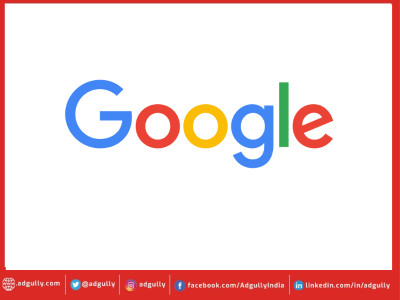



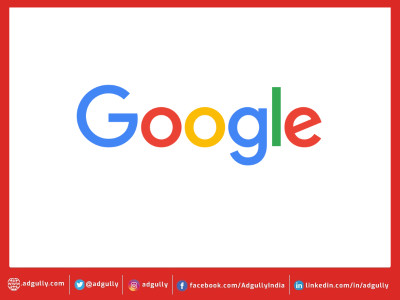
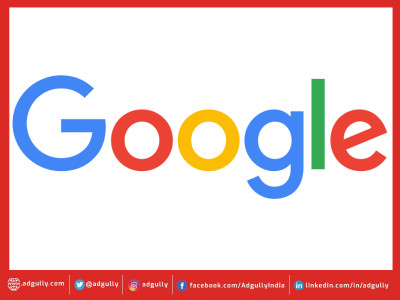
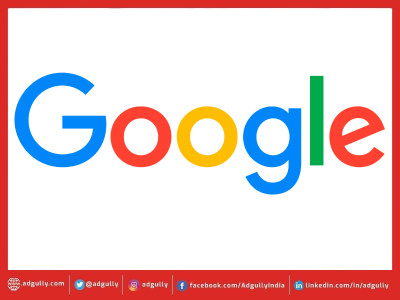
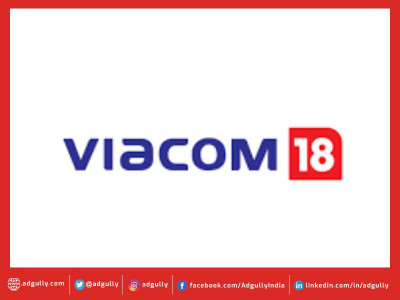
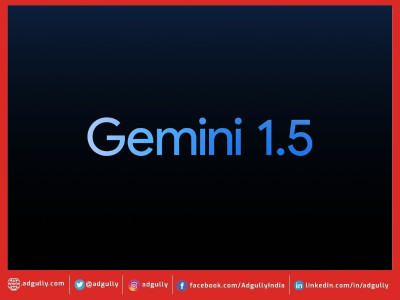


Share
Facebook
YouTube
Tweet
Twitter
LinkedIn